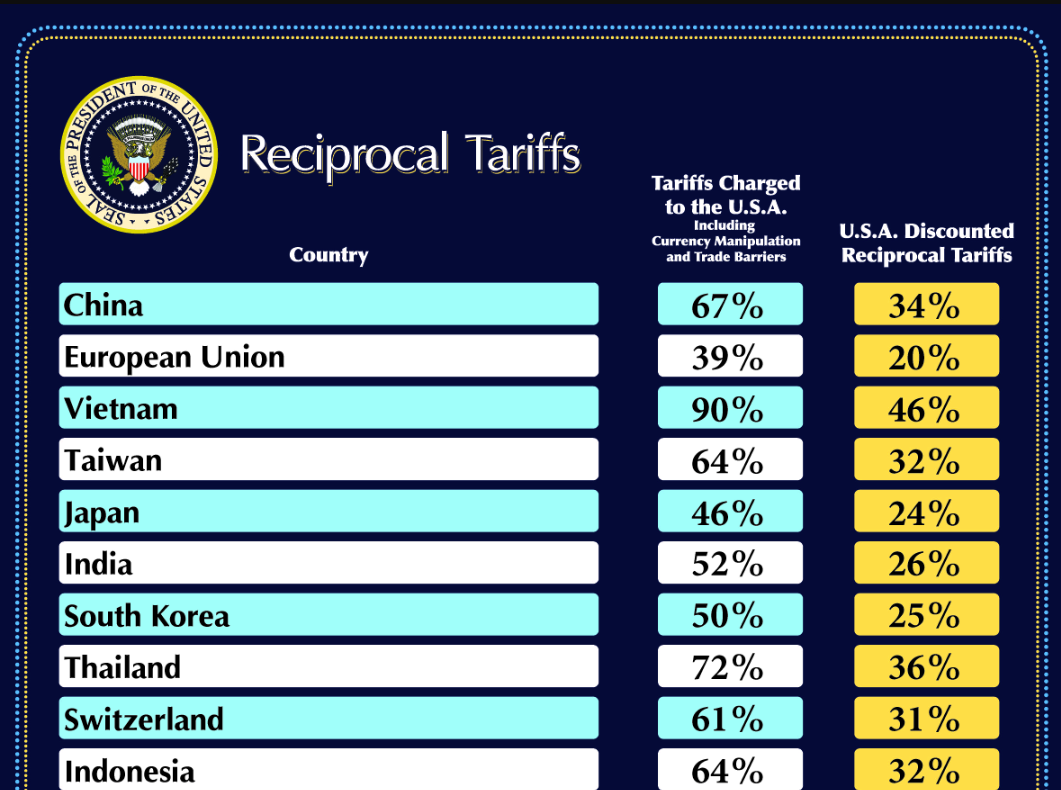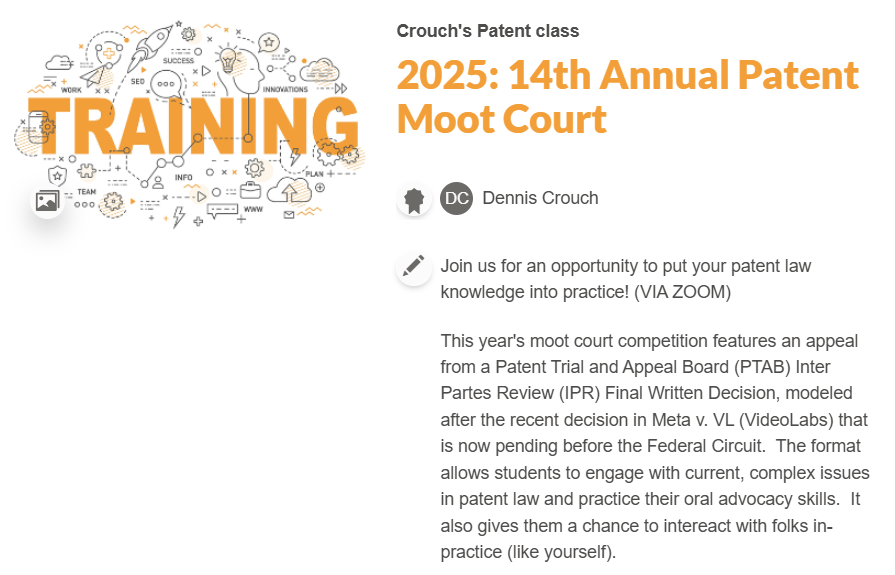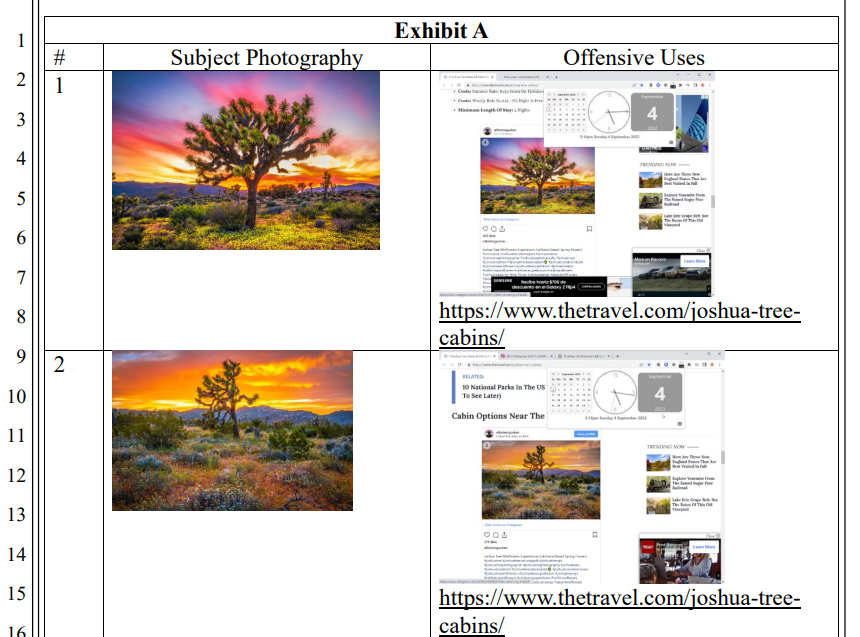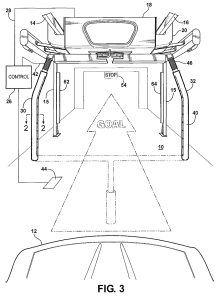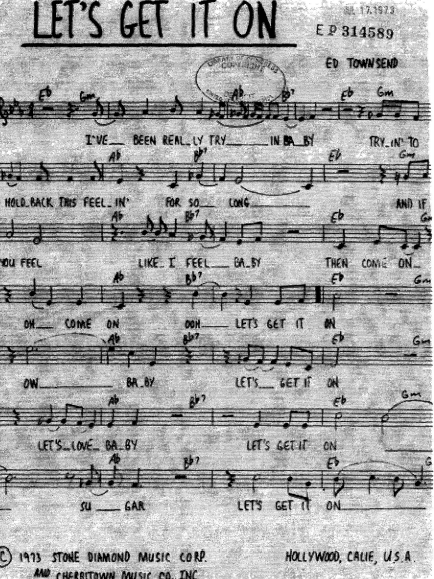by Dennis Crouch
In a precedential opinion, the Federal Circuit has denied SAP's mandamus petition seeking to transfer its patent infringement case from the Marshall Division to the Sherman Division within the Eastern District of Texas -- and also change judges. In re SAP America, Inc., No. 2025-118 (Fed. Cir. Apr. 10, 2025). Although SAP made good arguments in the case, they just were not good enough to overcome the particularly high burdens for transfer and mandamus.
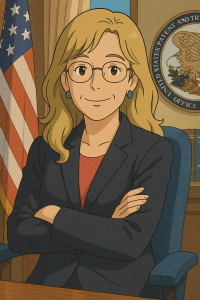 Although it has failed, the bold petition is a continuation of the successful extra-legal campaign that turned Judge Albright's Waco courtroom back into a ghost town. On the legal side, the decision highlights the high bar for obtaining mandamus relief in disputes over convenient venue, particularly for intra-district transfers under 28 U.S.C. 1404(a). The case is also notable as the first Federal Circuit appeal brought by Kathi Vidal since
Although it has failed, the bold petition is a continuation of the successful extra-legal campaign that turned Judge Albright's Waco courtroom back into a ghost town. On the legal side, the decision highlights the high bar for obtaining mandamus relief in disputes over convenient venue, particularly for intra-district transfers under 28 U.S.C. 1404(a). The case is also notable as the first Federal Circuit appeal brought by Kathi Vidal since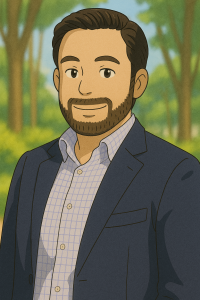 leaving her role as USPTO director and rejoining her old 1,000 attorney firm Winston & Strawn. Matthew Berkowitz (Reichman Jorgensen) and his team successfully defended against the mandamus petition, which the court decided without oral arguments. (I also hope that neither of them are too upset by their ChatGPT image remakes)
leaving her role as USPTO director and rejoining her old 1,000 attorney firm Winston & Strawn. Matthew Berkowitz (Reichman Jorgensen) and his team successfully defended against the mandamus petition, which the court decided without oral arguments. (I also hope that neither of them are too upset by their ChatGPT image remakes)
To continue reading, become a Patently-O member. Already a member? Simply log in to access the full post.
